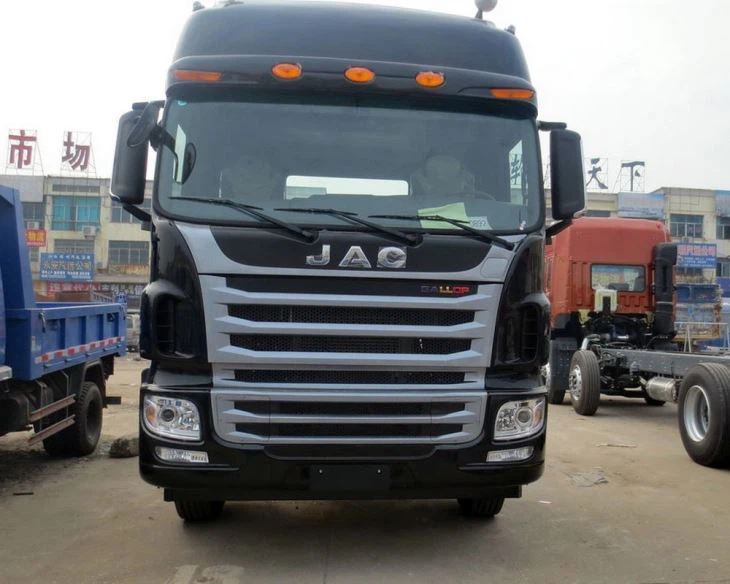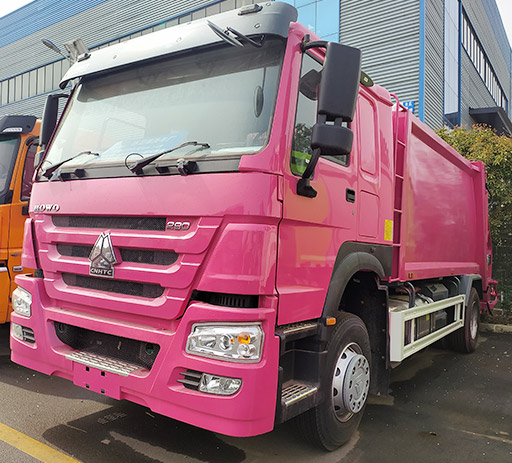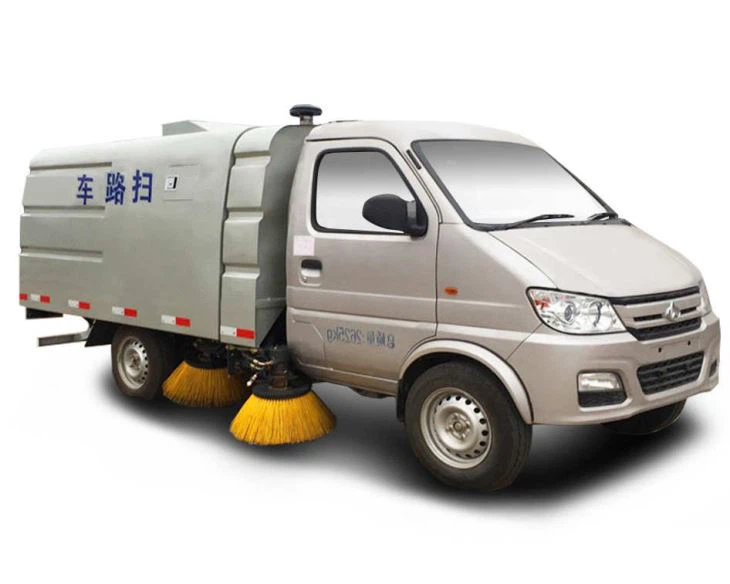Essential Fire and Rescue Tools: A Comprehensive Guide

Fire and rescue tools are paramount for ensuring safety and efficiency during emergency situations. Understanding these tools, their uses, and how to maintain them is crucial for fire departments and rescue teams. This article delves deeply into the various types of fire and rescue tools, their specifications, and practical tips for both professionals and enthusiasts in fire safety.
Understanding Fire and Rescue Tools
Fire and rescue tools encompass a wide range of equipment designed to combat fires, rescue individuals, and provide medical assistance in emergencies. These tools are essential for firefighters, rescue professionals, and first responders, ensuring that they can perform their duties efficiently and effectively.
The Importance of Fire and Rescue Tools
Fire and rescue tools play a vital role in mitigating disasters, protecting lives, and safeguarding property. The effectiveness of rescue operations largely depends on the tools available, making it essential for agencies to equip their teams with the best technology and equipment.
Types of Fire and Rescue Tools
1. Firefighting Tools
Firefighting tools are specifically designed to extinguish flames and control fire hazards. Some of the most common firefighting tools include:
- Fire Hose: Used to deliver water to the fire.
- Fire Extinguisher: Portable devices used to put out small fires.
- Axe: Used for breaking through walls or doors of burning structures.
- Pike Pole: A long pole used for pulling down ceilings and walls to check for fire spread.
Fire Hose Specifications
Fire hoses come in various diameters, typically ranging from 1.5 inches to 5 inches. They are made of durable materials like rubber and nylon to withstand high-pressure water flow.
| Diameter | Common Use |
|---|---|
| 1.5 inches | Attack lines for fire suppression |
| 2.5 inches | Main supply lines |
| 4 inches | Hydrant to engine connections |
2. Rescue Tools

Rescue tools are primarily intended for extricating individuals from dangerous situations. Key rescue tools include:

- Rescue Saw: Used for cutting through debris to access trapped individuals.
- Jaws of Life: Hydraulic equipment that can cut, spread, or crush objects in rescue situations.
- Rope Rescue Gear: Includes ropes, harnesses, and carabiners for high-angle rescues.
Jaws of Life: An Overview
The Jaws of Life consists of hydraulic rescue tools used to open up wrecked vehicles or buildings. They operate on hydraulic pressure, allowing rescuers to easily manipulate tight spaces.
3. Protective Gear
Firefighters require protective gear to shield them from extreme heat, smoke, and hazardous materials. Essential protective gear includes:
- Turnout Gear: Fire-resistant clothing that protects against heat and flames.
- Helmets: Protects the head from falling debris and heat.
- SCBA (Self-Contained Breathing Apparatus): Provides breathable air in smoke-filled environments.
SCBA Maintenance Tips
Regular inspections and maintenance of SCBA are crucial. Here are some tips:
- Check for air leaks in the mask and tanks.
- Replace filters as per the manufacturer’s recommendation.
- Ensure that the pressure gauge is functioning properly.
4. Medical Equipment
Firefighters also respond to medical emergencies, necessitating the need for first aid tools, including:
- First Aid Kit: Contains essential medical supplies to treat injuries on the scene.
- Defibrillator: Used for cardiac emergencies to restore normal heart rhythms.
- Backboards: For immobilizing and transporting injured individuals safely.
Building a Firefighter First Aid Kit
A well-stocked first aid kit for firefighters should include the following:
- Adhesive bandages
- Antiseptic wipes
- Gauze and adhesive tape
- Burn gel
- Trauma shears
5. Tools for Fire Prevention
Fire prevention tools help reduce the risk of fire hazards. Key tools include:
- Smoke Detectors: Alerts occupants about smoke and potential fires.
- Fire Blankets: Used to smother small fires or protect individuals.
- Fire Sprinkler Systems: Automatically activates to suppress fires in buildings.
Choosing the Right Smoke Detector
When selecting a smoke detector, consider the following:
- Type of smoke detector (ionization vs. photoelectric)
- Battery or hardwired options
- Interconnectivity with other alarms
6. Maintenance of Fire and Rescue Tools
Proper maintenance of fire and rescue tools is essential for ensuring effectiveness. Here are some practical maintenance tips:

Routine Inspection Schedule
Setting up a routine inspection schedule can help identify worn-out or damaged equipment:
- Check hoses for leaks and punctures.
- Inspect tools for rust or corrosion.
- Ensure all protective gear is clean and intact.
Cleaning Procedures
Cleansing tools and equipment after use reduces the risk of contamination and prolongs their lifespan. Here are basic cleaning procedures:
- Wash turnout gear with a mild detergent.
- Rinse and dry all tools to prevent rust.
- Store all equipment in a dry, well-ventilated area.
7. Training with Fire and Rescue Tools
Proper training is vital for effective tool use. Firefighters and rescue personnel should undergo regular training sessions to familiarize themselves with the equipment.
Training Programs to Consider
Look for local programs that offer specialized training on:
- Rope rescue techniques
- Medical emergencies and first aid
- Fire prevention and safety measures
8. Innovations in Fire and Rescue Tools
Technology is continually evolving, leading to improved fire and rescue tools. Some recent innovations include:
- Thermal Imaging Cameras: Allow firefighters to see through smoke and locate individuals and hotspots.
- Drones: Used for aerial assessments and to access hard-to-reach areas.
- Smart Firefighting Gear: Equipped with sensors to monitor firefighters’ health and safety.
Benefits of Thermal Imaging Cameras
Thermal imaging cameras provide firefighters with numerous advantages, including:
- Enhanced visibility in low-light conditions
- Improved safety by identifying hotspots
FAQs About Fire and Rescue Tools
1. What basic tools should a volunteer firefighter have?
A basic set of tools for volunteer firefighters typically includes a fire extinguisher, emergency first aid kit, flashlight, and a multi-tool or rescue knife.
2. How often should firefighting tools be inspected?
Firefighting tools should be inspected at least once a month. However, after each major use or emergency response, they should be checked for any damage or wear.
3. Are there any specific certifications needed to operate advanced rescue tools?
Yes, certifications such as those offered by the National Fire Protection Association (NFPA) or the International Rescue and Emergency Care College may be required.
4. What is the best way to maintain a fire hose?
Fire hoses should be thoroughly rinsed after use, checked for leaks, stored in a cool, dry area, and inspected regularly for any signs of wear or damage.
5. How do you choose the right fire extinguisher?
Choose a fire extinguisher based on the type of fire risk in your area. The common classes include Class A (ordinary combustibles), Class B (flammable liquids), and Class C (electrical equipment).
6. Can volunteers train to use specialized fire and rescue tools?
Yes, many fire departments offer training for volunteers on specialized tools and techniques. Interested individuals should check with their local fire department for available training programs.
